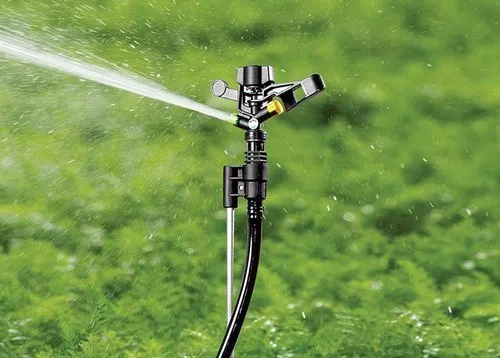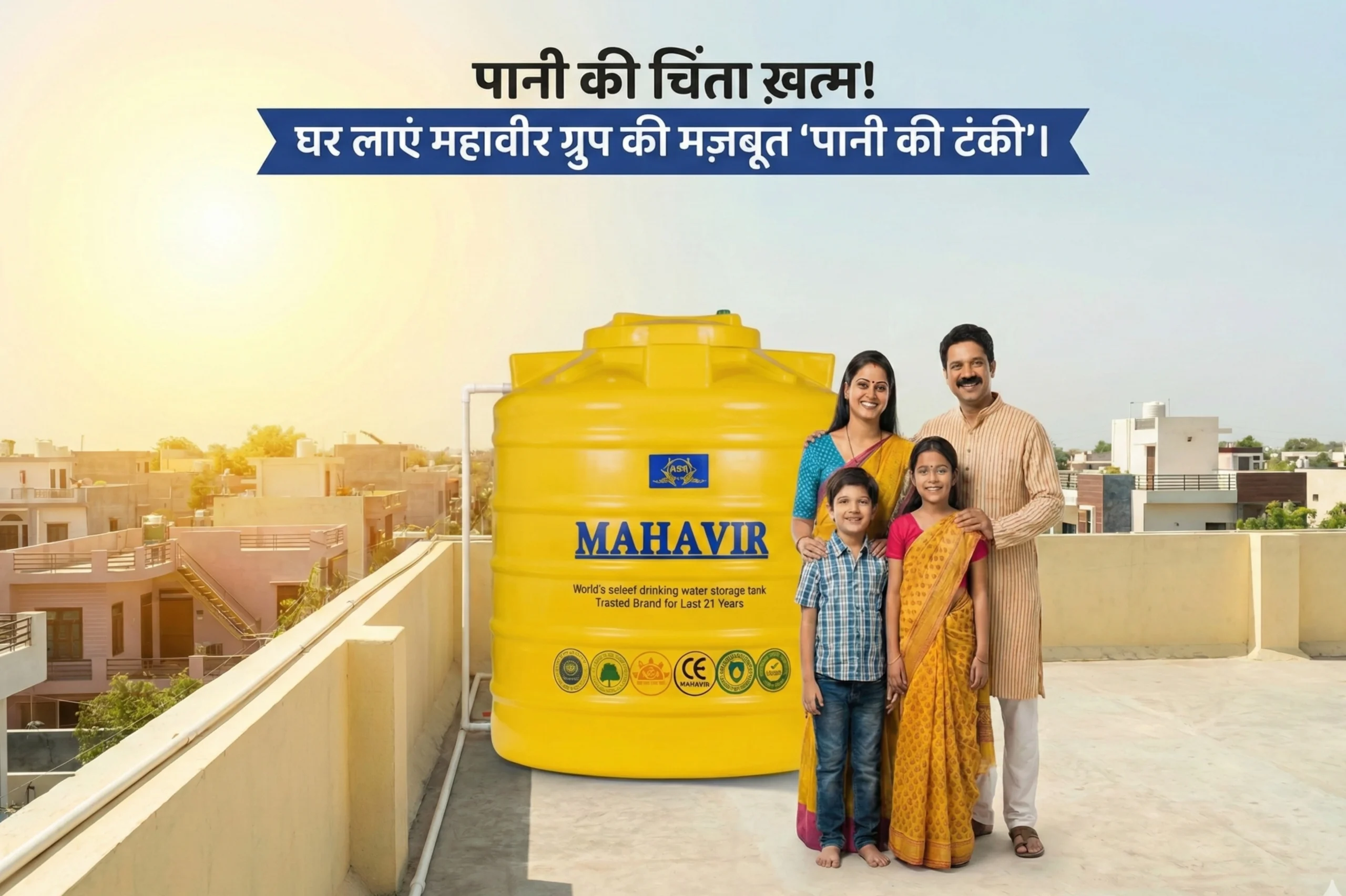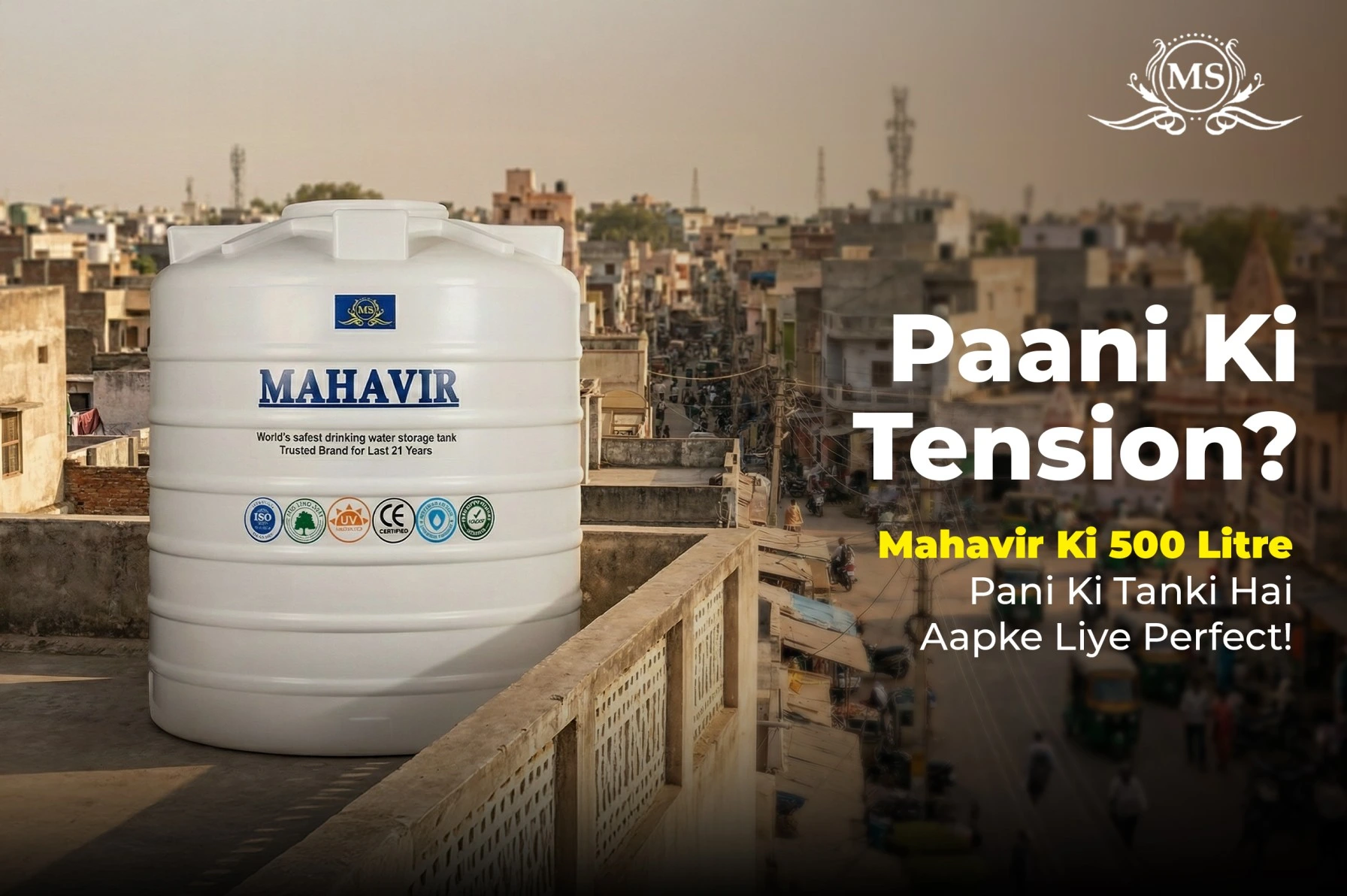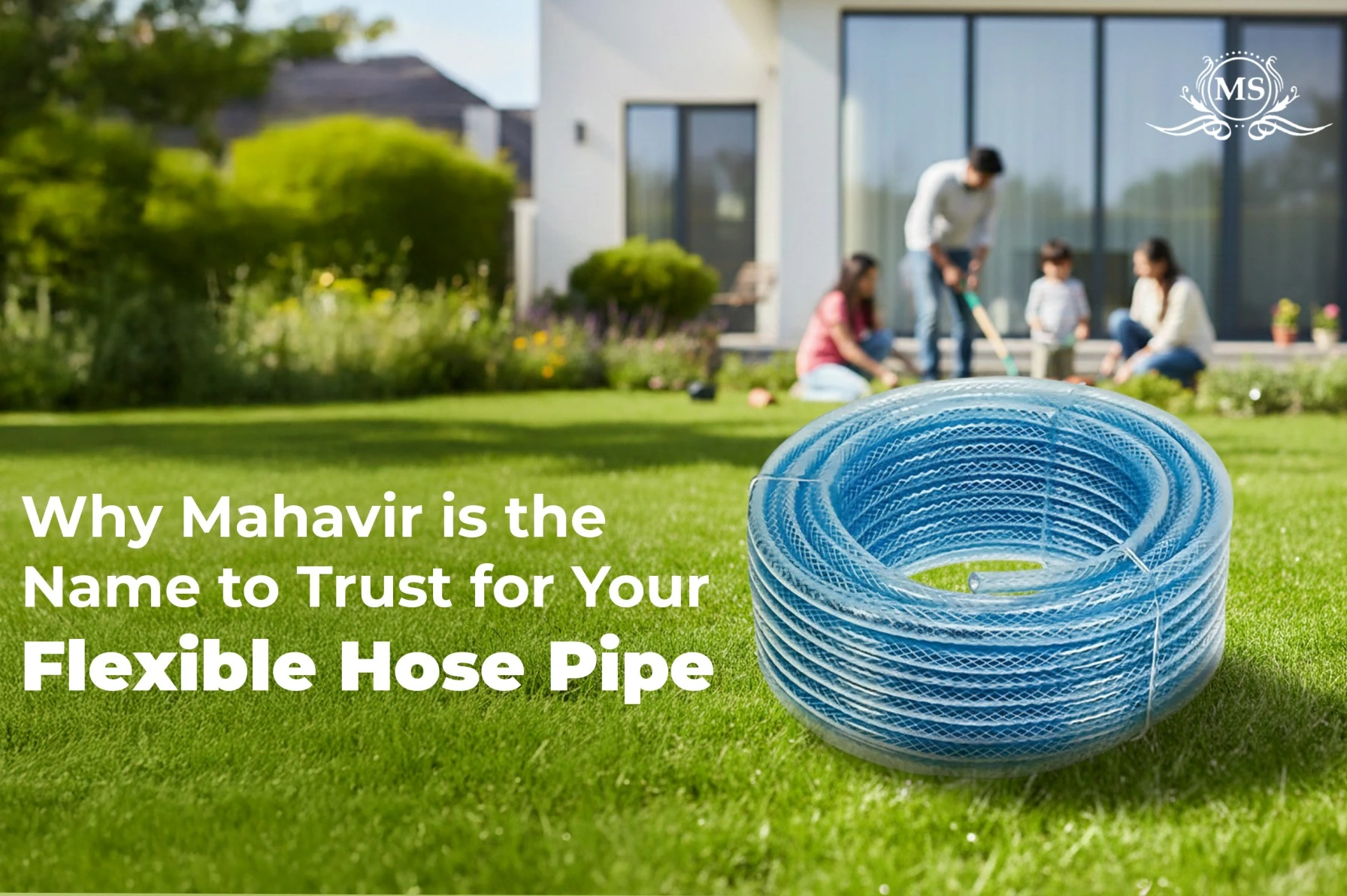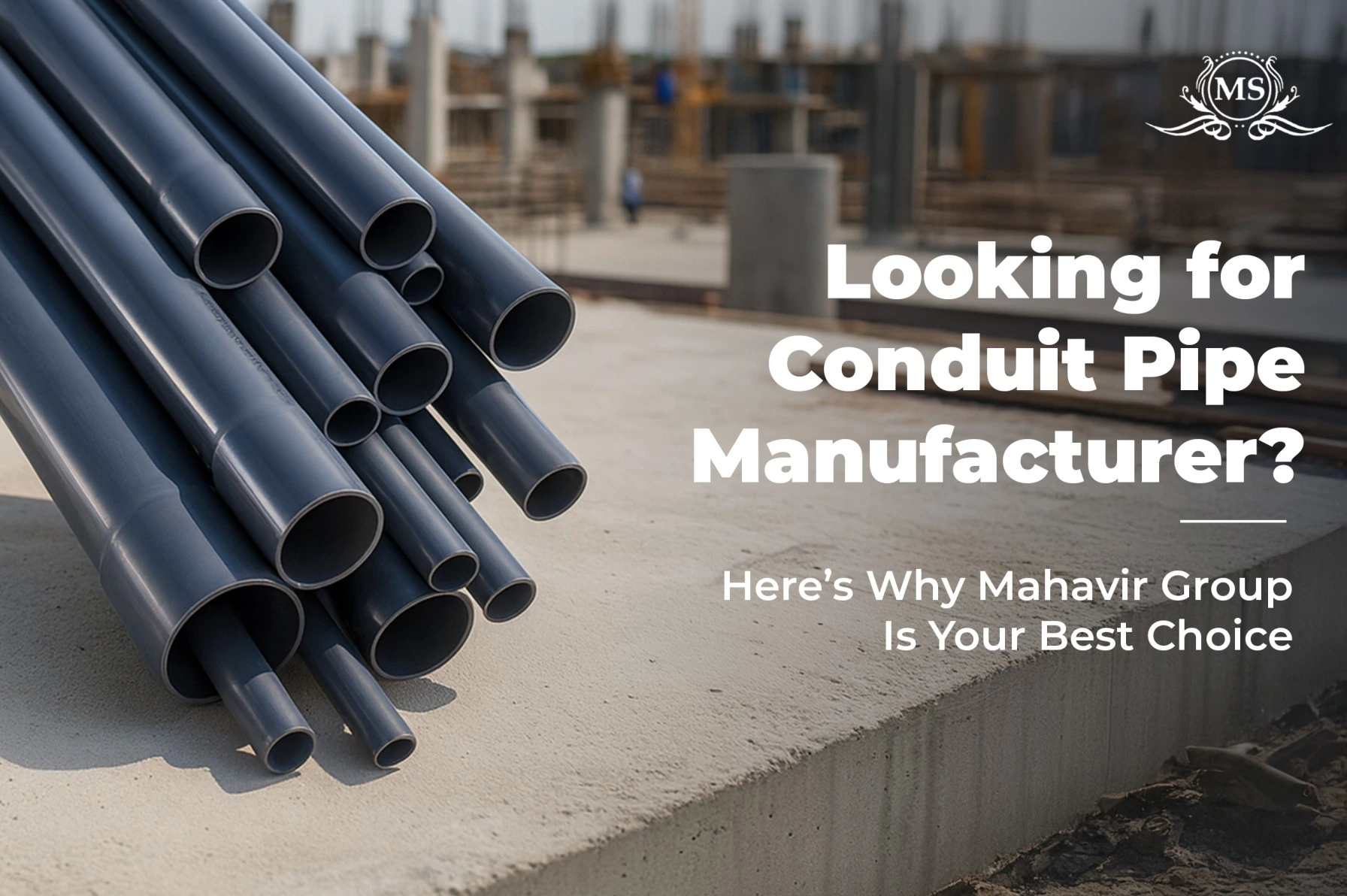A well-maintained sprinkler set is essential for an efficient and effective irrigation system. Keeping your sprinkler set clean and in good repair ensures that your garden or fields are watered evenly, which can save you water and money.
In this guide, we’ll walk you through the steps for keeping your sprinkler set, whether it’s a mini sprinkler set or a larger sprinkler pipe set, in top condition.
Cleaning Your Sprinkler Set
Table of Contents
ToggleOver time, sprinkler heads can become clogged with dirt and debris, and pipes may accumulate sediments that affect water flow.
Here’s how to clean them effectively:
- Inspect Sprinkler Heads: Regularly check for clogs. You can do this by looking for uneven water flow or sprinkler heads that are not popping up properly.
- Clean the Heads: Turn off the system, and carefully remove the heads. Rinse them in water, and use a small brush to remove any debris.
- Flush the System: After the heads are removed, turn on the system briefly to flush out any dirt in the pipes.
- Check for Leaks: Look for signs of leaks in the pipes and connectors. A small leak can lead to a significant loss of water over time.
Maintaining Your Sprinkler Set
To ensure that your sprinkler pipe set operates smoothly, regular maintenance is important.
Follow these tips to maintain your sprinkler set:
- Regular Checks: At the start of each watering season, inspect your entire system for any signs of damage or wear.
- Winterizing: If you live in an area with freezing winters, be sure to drain your system to prevent pipes from bursting.
- Adjust Sprinklers: Make sure that sprinklers are correctly aimed to avoid watering sidewalks or driveways. This not only conserves water but also reduces wear on the system.
- Replace Worn Parts: Over time, parts of your sprinkler set will wear out. Replacing them promptly can prevent bigger issues down the line.
Scheduling Maintenance and Cleaning
Adhering to a maintenance schedule can greatly extend the life of your sprinkler pipe set and is essential for the optimal functioning of your irrigation system.
Here’s an easy-to-follow annual plan tailored for the various climatic conditions round the year:
Pre-Monsoon (Spring)
Check and clean your system thoroughly. Adjust the heads, seal any leaks, and clear out blockages. This ensures that when the rains come, your system will be working in harmony with the natural rainfall, not against it.
Summer
Regularly check for clogged nozzles or pipes from increased use, and adjust the watering frequency to match the heat and evaporation rates. It’s important to ensure your system is not working overtime when monsoon rains help with the watering.
Monsoon (Late Summer)
With heavy rains, you may need less artificial irrigation. Use this time to ensure the system isn’t overwatering, which can harm plants and waste water. Also, watch for and clear away any debris brought in by storms.
Post-Monsoon (Autumn)
Assess your system’s performance during the peak watering season. This is the perfect time for repairs or upgrades as you can often find off-season discounts on parts and services.
Winter
In regions with milder winters, keep the system operational but reduce the watering frequency. If your area experiences colder temperatures, drain the system to prevent any water inside from freezing and causing damage to the pipes.
Troubleshooting Common Problems
Even the best-maintained sprinkler pipe set can encounter issues. Here are some solutions to common problems:
- Uneven Watering: This may be due to clogged heads or improperly aimed sprinklers. Clean the heads and adjust the direction as needed.
- Low Water Pressure: Check for leaks in the system. If there are none, you may need to clean the filters or consult a professional.
- Sprinkler Won’t Pop Up: Clear any debris around the sprinkler head. If the problem persists, the spring mechanism may need replacing.
- Water Doesn’t Shut Off: Valve issues may be the cause. Clean them out to remove dirt or grit, and replace any worn parts if necessary.
- Oscillating Sprinkler Not Moving: Try lubricating the gears with silicone. If that doesn’t work, the gears might be worn and require a new sprinkler.
- Dripping Control Valves: Likely caused by worn diaphragms or seals, which you can replace easily and affordably.
- Sprinkler Zone Won’t Activate: Electrical problems may be to blame. Check the controller and wiring, or replace any faulty solenoids.
Reliable Sprinkler Solutions from Mahavir Group
When it comes to irrigation, Mahavir Group is dedicated to providing solutions that are reliable and sustainable.
Our sprinkler sets are designed with the user in mind, ensuring easy maintenance and efficient watering. Whether you’re looking for a standard sprinkler set or a specialized mini sprinkler set, Mahavir Group offers products that are built to last.
Choose Mahavir for your irrigation needs and invest in a system that will serve you well for years to come!


